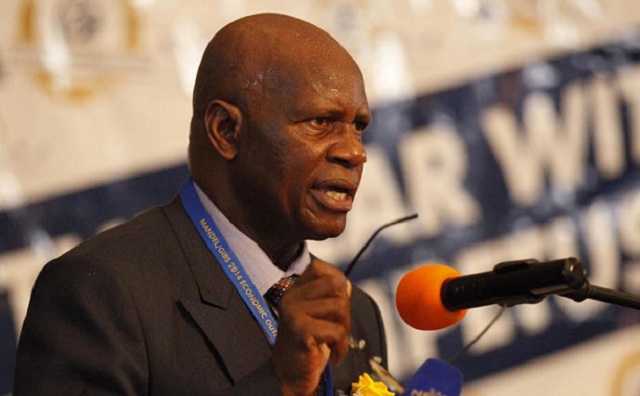Zimbabwe’s imports down 13%

Brighton Gumbo Business Reporter
ZIMBABWE’s imports maintained a downward trend declining by 13 percent from $516 million to $449 million between October and November last year, official data shows.
The Zimbabwe National Statistical Agency (Zimstat) has revealed that last October, the country recorded a 12 percent decline compared to $584 million recorded in September.
According to the Zimstat data, during the period under review, Zimbabwe imported most of its goods from South Africa, Zambia, Japan, Mozambique and China.
From South Africa, the country procured goods valued at $193 million, a slight decline compared to $201 million recorded the previous month.
Last November, goods worth $26 million were imported.
The least imports worth $65 million were from Tunisia while in October, imports worth $19 from Timor were recorded.
The data further shows that the country imported goods worth $4,6 billion between January and October last year.
An economic commentator, Bongani Ngwenya, told Business Chronicle that the reduction in the country’s imports was largely due to a number of duty increases the government effected recently in an effort to discourage imports and promote consumption of locally produced products.
“We should appreciate the efforts that the government is putting in place to try and discourage foreign commodity consumption,” he said.
“In his mid-term fiscal policy review, Finance Minister Patrick Chinamasa outlined the government’s ban on the importation of second hand clothing and shoes, removal of basic goods from travellers’ rebates and an increase on surtax by 10 percent on second hand light motor vehicles.
“In this regard I’m of the view that, that’s one of the major reasons why there was a downward trend on imports between October and November.”
Late last year, blanket imports into Zimbabwe dropped by about 98 percent from $500,000 worth of products to $11,000 since the removal of the commodity from the open general import licence.
Ngwenya said the decline in the imports was also attributed to the liquidity crunch which had slowed down economic activity.
The liquidity crisis has hit both businesses and their customers hard.
Ngwenya added that the figure could have gone even lower but given the electricity crisis facing the country, the situation has prompted the power utility to procure electricity from the neighbouring countries like Mozambique.
However, despite the slow down on imports between October and November, the country’s trade deficit widened to $3 billion in the first 11 months of last year.
In an effort to tame the import bill, the government has tightened issuing import permits in the past six months.
Last year, the Confederation of Zimbabwe Industries (CZI) said the country’s import bill had risen to about $18 billion over the last five years as the influx of cheap imported commodities mainly from South Africa and the Far East continues.
The industry lobby group implored the government to come up with robust measures aimed at reversing the trend.
Since the adoption of a multicurrency system in February 2009, Zimbabwe has become a net importer of finished goods such as clothing and footwear, food and automobile products.
Liquidity constraints and low capacity utilisation in the manufacturing sector have worsened the situation.
Industry has since 2009 been struggling to improve capacity utilisation from an average of 10 percent before the liberalisation of the economy to competitive levels.
According to the CZI manufacturing survey report released last year, capacity utilisation in the manufacturing sector dropped to 34,3 percent from 36,6 percent in 2014.











Comments